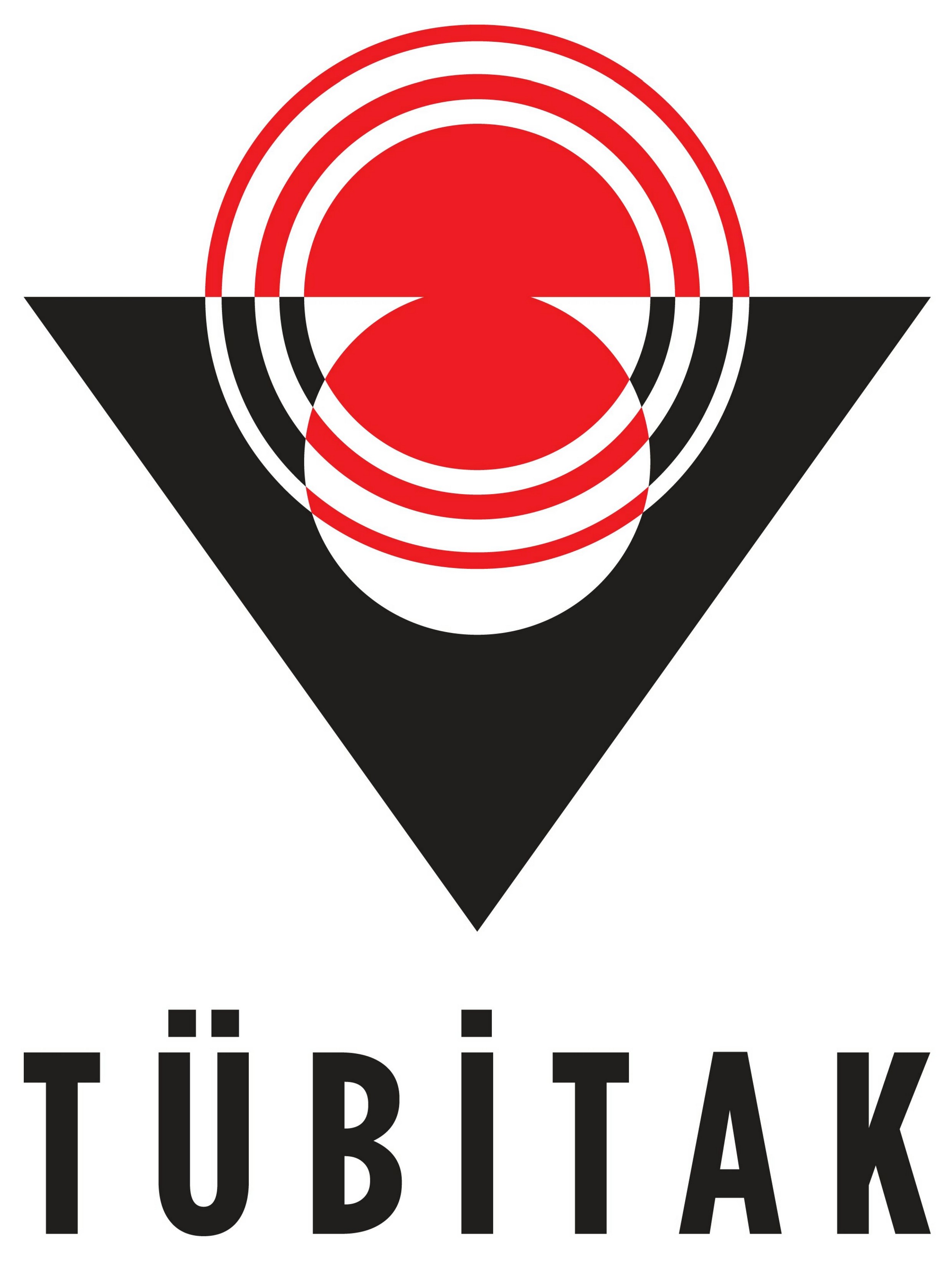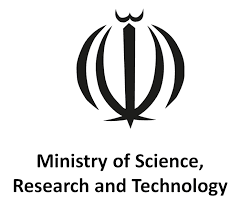Synthesis and Evaluation of Midazolam-Loaded Lipid Nanoparticles for Seizure Control in In Vitro and In Vivo Models
A seizure is characterized by the sudden, simultaneous, and abnormal discharge of neurons in the brain, resulting from an imbalance between inhibitory and excitatory neuronal communication. This condition, when recurrent and unpredictable, is termed epilepsy, marked by abnormal electrical activity in the hippocampus and cortex. Seizures are one of the most common neurological disorders in children. Fever-induced seizures of at least 38 degrees Celsius are particularly prevalent in children under five years of age and typically occur without central nervous system infection. Studies indicate that five percent of healthy children experience at least one seizure episode, underscoring the importance of rapid therapeutic interventions to mitigate risks such as neurological damage or death. Despite significant advances in understanding its pathophysiology, epilepsy remains incurable, with current treatments primarily focused on symptom control. Midazolam, a benzodiazepine, is effective for seizure management but faces challenges in delivery to the brain due to the blood-brain barrier. This project aims to synthesize lipid nanoparticles encapsulating midazolam, enhancing drug delivery to the brain and improving seizure management. The innovative approach combines nanotechnology with advanced drug delivery systems to potentially revolutionize seizure treatment, particularly in pediatric populations where rapid intervention is crucial. The project involves synthesizing various lipid nanoparticles to encapsulate midazolam, optimizing for encapsulation efficiency and drug release profiles. The chosen nanoformulations will undergo in vitro testing using a seizure-on-a-chip model, developed in a TUBİTAK-2535 bilateral project, to assess their effectiveness in neutralizing seizure activity. This model utilizes a microelectrode array to monitor neuronal firing patterns induced by convulsant agents, with effectiveness measured by the reduction in seizure signals. By optimizing our nanoformulation first in this micro physiological setting, we aim to minimize animal testing and comply with the principles of Replacement, Reduction, and Refinement (the 3Rs). The best-performing formulations will then be tested in vivo using an acute seizure model in rats. Intranasal administration will be employed to bypass the blood-brain barrier (BBB), comparing the nanoformulation's effectiveness to control groups and conventional drug delivery methods.

